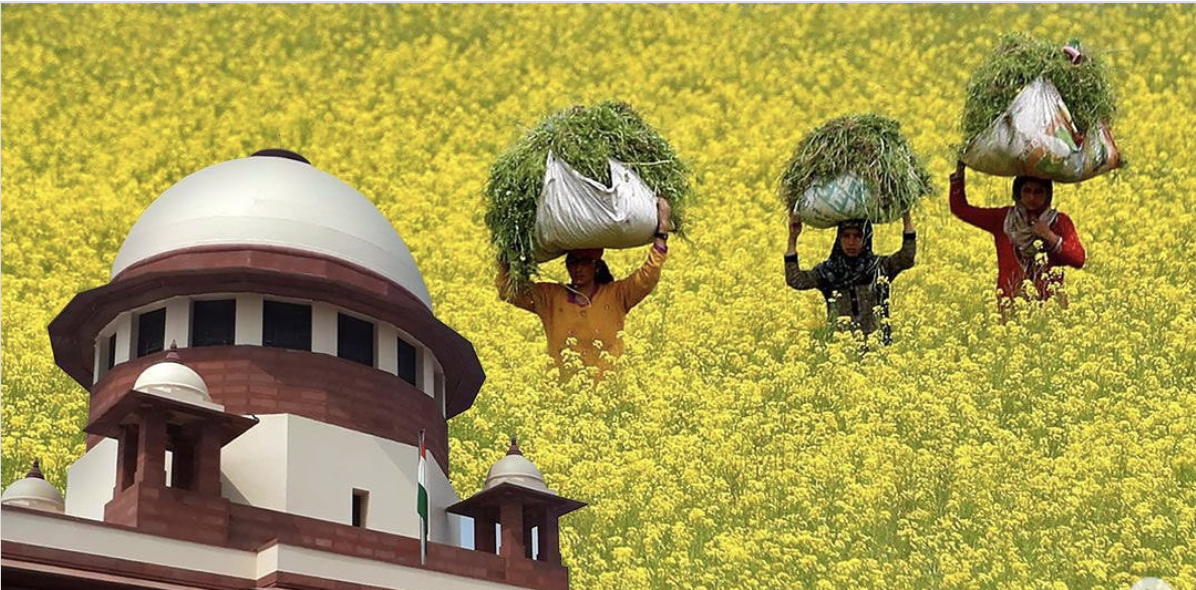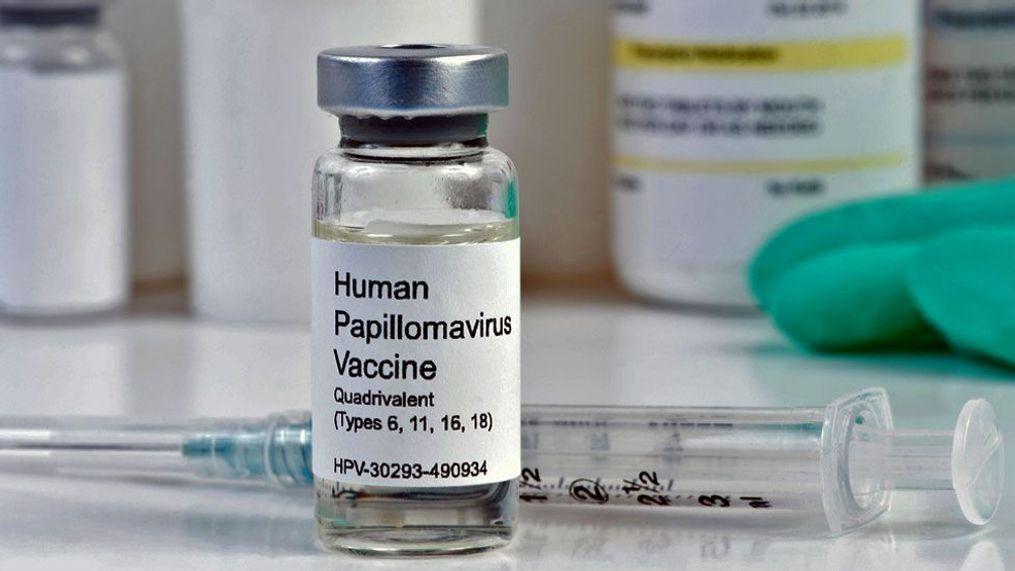The first-ever IUCN assessment of the Himalayan Wolf is out. And it is grim (DownToEarth)

- 13 Jan 2024
Why is it in the News?
The Himalayan Wolf is a prominent lupine predator found across the Himalayas the taxonomic status which was a puzzle till late, has been assessed for the first time in the International Union for Conservation of Nature (IUCN)’s Red List.
Key Findings:
- Population Decline: The IUCN assessment highlights a persistent reduction in the habitat area, extent, and quality of Himalayan wolves.
- The estimated total population ranges from 2,275 to 3,792 mature individuals, with 227 to 378 in India.
Primary Threats:
- Depredation Conflict: Arising from habitat modification, encroachment, and depletion of wild prey populations.
- Hybridization with Dogs: Particularly in Ladakh and Spiti, where feral dog populations are on the rise.
- Illegal Hunting: Driven by trade in fur and body parts, including paws, tongues, and heads.
About the Himalayan Wolf (Canis lupus chanco):
- It is also called Tibetan wolves, which live at more than 4,000 metres altitudes.
- Habitat: It is found in the Himalayas (Nepal and India) and the Tibetan Plateau.
- Exhibits genetic adaptations to cope with hypoxic conditions.
- Characteristics: Adorned with thick fur, displaying brown colouration on the back and tail, complemented by paler yellows on the face, limbs, and underside.
- Larger than Indian and European wolves.
- Shows a preference for wild prey over domestic options.
- Conservation Status:
- IUCN’s Red List: Categorized as Vulnerable.
- Wildlife Protection Act, 1972: Listed under Schedule I.
- CITES: Included in Appendix I.
Recommended Actions for the Conservation of Himalayan Wolves:
- Ensure the preservation and restoration of robust wild prey populations and their natural habitats.
- Foster collaborative transboundary initiatives to safeguard and conserve the species across its range of countries.
- Integrate the Himalayan Wolf into comprehensive conservation programs for enhanced protection and sustainable management.
How GM mustard was developed, why the question of its approval has now reached the Supreme Court (Indian Express)

- 13 Jan 2024
Why is it in the News?
The Supreme Court recently questioned the Centre on why reports of the court-appointed Technical Experts Committee (TEC) on the biosafety of genetically modified (GM) crops were not looked into by the Genetic Engineering Appraisal Committee (GEAC).
Context:
- The Supreme Court has raised concerns about the approval process for the transgenic mustard hybrid DMH-11, developed by Delhi University with herbicide-tolerant traits through genetic modification.
- The Genetic Engineering Appraisal Committee (GEAC) had recommended its environmental release in 2022, but the court questioned whether the reports from the court-appointed Technical Experts Committee (TEC) were adequately considered before approval.
- DMH-11 contains two alien genes isolated from a soil bacterium called Bacillus amyloliquefaciens.
- Indian scientists improvised the barnase/barster male sterility technique to produce the DMH-11.
-
- Barnase/barster male sterility technique is a 1990s breeding innovation technique pioneered in Belgium.
- Indian scientists arranged the genes in a way that will allow a large number of high-yielding varieties of mustard to be developed, which is normally not possible.
- Genetically Modified Organisms (GMOs) undergo genome alterations, and transgenic organisms result from the introduction of foreign DNA sequences.
- Approval process for transgenic crops:
-
- Safety assessments by committees are conducted before the open field tests.
- Transgenic plants must be better than non-GM variants and environmentally safe for commercial clearance.
- GEAC recommends environmental release.
- Final approval by MoEFCC.
- Benefits of GM crops:
-
- Resistance against plant diseases.
- Improved yields
- Increased food security.
About the Genetic Engineering Appraisal Committee (GEAC):
- Establishment: GEAC operates as a statutory body mandated by the Environment Protection Act of 1986.
- Responsibility: It holds the responsibility for evaluating proposals concerning the environmental release of Genetically Modified (GM) organisms and associated products.
- GEAC operates under the purview of the Ministry of Environment, Forest and Climate Change.
SC directs UOI to frame a policy to phase out heavy-duty diesel vehicles & replace them with BS VI (The New Indian Express)

- 13 Jan 2024
Why is it in the News?
The Supreme Court has directed the Centre to frame a policy within six months to replace heavy-duty diesel vehicles and replace them with BS VI vehicles, observing that the right to clean air is not the entitlement of people living in Delhi alone.
What are BS-VI Norms?
- Bharat stage (BS) emission standards are laid down by the government to regulate the output of air pollutants from internal combustion engines and spark-ignition engine equipment, including motor vehicles.
- The central government has mandated that vehicle makers must manufacture, sell and register only BS-VI (BS6) vehicles from April 1, 2020.
- The first emission norms were introduced in India in 1991 for petrol and in 1992 for diesel vehicles.
- Following this, the catalytic converter became mandatory for petrol vehicles and unleaded petrol was introduced in the market.
What is the Difference Between BS4 and BS6?
- Both BS-IV and BS-VI are unit emission norms that set the maximum permissible levels for pollutants that an automotive or a two-wheeler exhaust can emit.
- Compared to the BS4, BS6 emission standards are stricter
- Whereas makers use this variation to update their vehicles with new options and safety standards, the biggest modification comes in the permissible emission norms.
What area unit BSI, BSII, BSIII, BSIV, and BSVI emission norms?
- The abbreviation BS refers to ‘Bharat Stage’.
- It is prefixed to the iteration of the actual emission norms.
- The primary rules with the soubriquet Asian nation 2000 were introduced in the year 2000, with the second and third iterations being introduced in 2001 and 2005 with the soubriquet BSII (BS2) and BSIII (BS3), respectively.
- The fourth iteration, BSIV, was introduced in 2017 and therefore the delay between the introduction of BS3 and BS4 resulted in fast-tracking the BSVI or BS6 emission norms rather than BSV (BS5) norms.
- On 29 April 1999, the Supreme Court of India ruled that all vehicles in the country had to meet Euro I or India 2000 norms by June 1, 1999, and Euro II would be mandatory in the National Capital Region (NCR) from April 2000.
- Carmakers were not prepared for this transition and in a subsequent judgment, the implementation of Euro II was deferred.
- On 29 April 1999, the Supreme Court of India ruled that all vehicles in the country had to meet Euro I or India 2000 norms by June 1, 1999, and Euro II would be mandatory in the National Capital Region (NCR) from April 2000.
- In 2002, the government accepted the report submitted by the Mashelkar committee, which proposed a road map for the rollout of Euro-based emission norms in India.
- It also recommended a phased implementation of future norms, with regulations being implemented in major cities first and extended to the rest of the country after a few years.
- Based on the recommendations of the committee, the National Auto Fuel policy was announced officially in 2003.
- The road map for the implementation of the BS norms was laid out in 2010.
- The policy also created guidelines for auto fuels, reduction of pollution from older vehicles and R&D for air quality data creation and health administration.
- The standards and the timeline for implementation are set by the Central Pollution Control Board under the Ministry of Environment, Forest and Climate Change.
- Since October 2010, Bharat Stage (BS) III norms have been enforced across the country.
- BS-IV emission norms were put in place in 13 major cities from April 2010, and the entire country from April 2017.
- In 2016, the government announced that the country would skip the BS-V norms altogether and adopt BS-VI norms by 2020.
Science Ministry team visits Hawaii to take stock of international telescope project (The Hindu)

- 13 Jan 2024
Why is it in the News?
In a signal of renewed enthusiasm for a global scientific project, an official delegation from the Department of Science and Technology visited Mauna Kea, an inactive volcano on the island of Hawai’i in the United States, to discuss “challenges” to the Thirty Meter Telescope (TMT) project.
About Thirty Meter Telescope (TMT) Project:
- The name "Thirty Metre" denotes the telescope's substantial 30-meter mirror diameter, composed of 492 glass segments seamlessly integrated.
- It is an international collaboration involving institutions such as CalTech, the Universities of California, Canada, Japan, China, and India, facilitated by the Department of Science and Technology (DST) and the Department of Atomic Energy (DAE).
- Significance: Upon completion, it will surpass the world's largest existing visible-light telescope in width by threefold.
- A larger mirror enables greater light collection, enhancing the telescope's capability to observe distant, faint objects.
- It is projected to be over 200 times more sensitive than current telescopes and possess 12 times the resolving power of the Hubble Space Telescope.
- Application: The TMT's primary purpose includes the study of exoplanets, specifically exploring whether their atmospheres contain water vapour or methane, potential indicators of extraterrestrial life.
- Opposition against Construction: The proposed site, Mauna Kea in Hawaii, is contested due to its sacred significance to native Hawaiians, who perceive such projects as desecrating the mountain.
Contribution of India:
- India expects to be a major contributor to the project and will provide:
- Hardware (segment support assemblies, actuators, edge sensors, segment polishing, and segment coating)
- Instrumentation (first light instruments), and
- Software (observatory software and telescope control systems) worth $200 million.
- Of the 492 precisely polished mirrors that the telescope needs, India will contribute 83.
- The Indian Institute of Astrophysics (IIAP) is leading the consortium of Indian institutions that are involved with the TMT project.
India gears up for HPV vaccine drive against cervical cancer (Indian Express)

- 13 Jan 2024
Why is it in the News?
In a bid to reduce cases of cervical cancer, the government is likely to roll out an immunisation campaign against Human Papillomavirus (HPV) in the second quarter of the year.
What Is Cervical Cancer?
- Cervical cancer starts in the cells lining the cervix -- the lower part of the uterus (womb).
- Cancer starts when cells in the body begin to grow out of control.
- It typically develops slowly, primarily caused by persistent infection with certain high-risk types of human papillomavirus (HPV).
- Human papillomavirus (HPV) is a common sexually transmitted infection which can affect the skin, genital area and throat.
- Women living with HIV are 6 times more likely to develop cervical cancer compared to women without HIV.
- Cervical cancer can be cured if diagnosed at an early stage and treated promptly.
- According to WHO, countries around the world are working to accelerate the elimination of cervical cancer in the coming decades, with an agreed set of three targets to be met by 2030.
How does the vaccine prevent cancers?
- The quadrivalent vaccines, including the Serum Institute of India’s Cervavac, prevent the entry of four of the most common types of HPV 16, 18, 6 and 11 thereby preventing infections, genital warts, and eventually cancer.
- At least 14 HPV types have been identified to have the potential to cause cancer.
-
- Among these, HPV types 16 and 18 are considered to be the most oncogenic, causing about 70 per cent of all cervical cancer cases globally.
- Universal immunisation of girls also reduces the transmission of the infection to boys and protects them from other cancers.
Who should get the HPV vaccine?
- The vaccine has to be administered to adolescent girls before they are sexually active.
- This is because the vaccine can only prevent the entry of the virus.
- “HPV is a very common infection and 90% of sexually active women already have it.
- Other than that, the response to the vaccine is also better in adolescents.
- This is the reason a booster is needed for girls over the age of 15 years who get the shot.
- Although not covered by the planned government campaign, the vaccine can also be administered to adolescent boys and is recommended for men who have sex with men.
Why is an HPV vaccination campaign important?
- More than 95% of all cervical cancer cases are linked to persistent infection with certain high-risk strains of HPV.
- What this essentially means is vaccination can be effectively used to prevent the infection and thereby cervical cancer cases.
- This is especially necessary in a country like India which accounts for nearly a fifth of the cervical cancer cases globally.
-
- India reports around 1.25 lakh cases and about 75,000 deaths each year.
- “The vaccine is 97% effective in preventing cervical cancer. This is the reason more than 100 countries have now implemented HPV vaccination programmes and they have seen a decline in the incidence as well.
